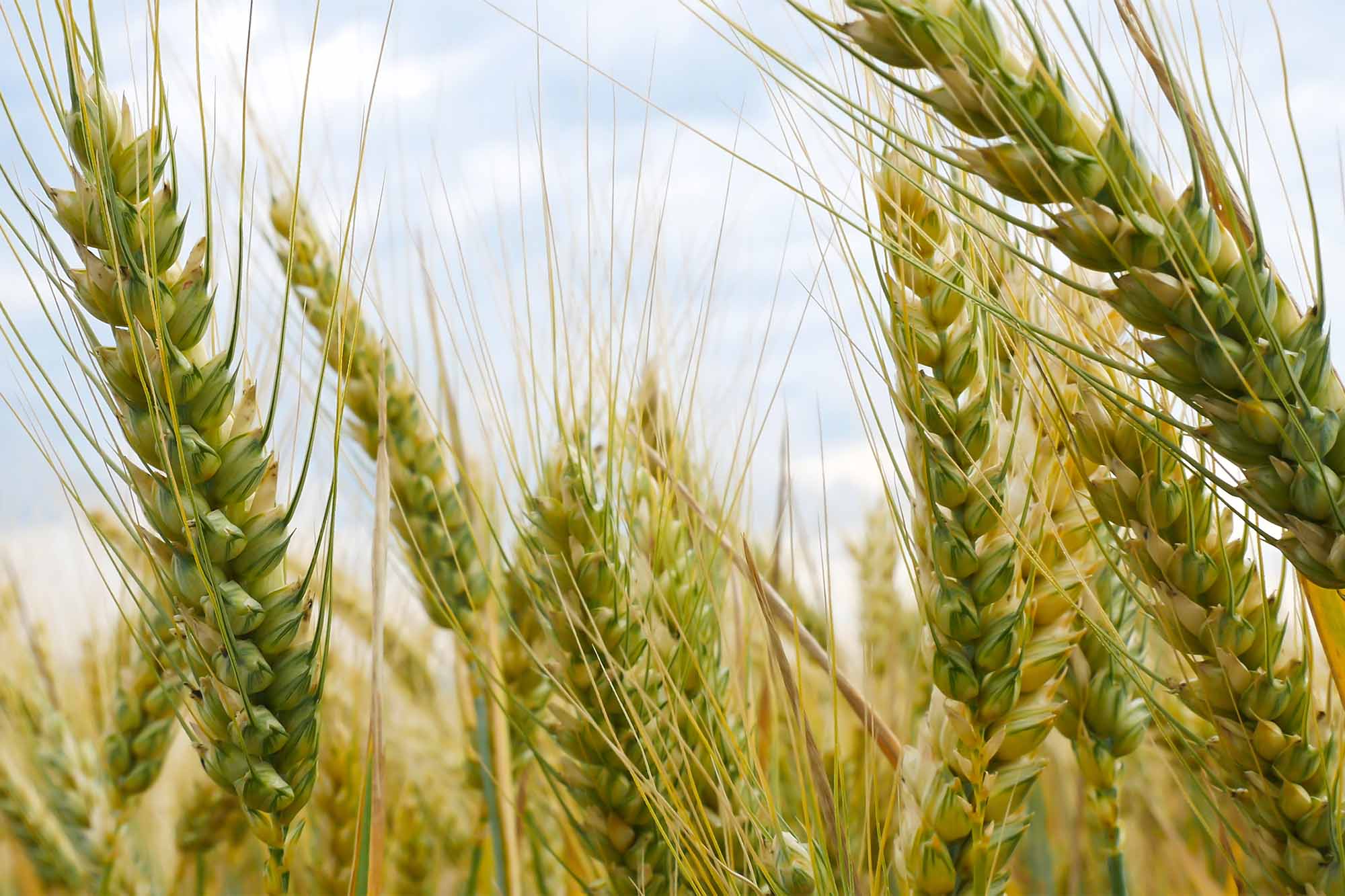As agribusiness faces the difficulties of environmental change and moving weather examples, finding imaginative answers for crop development becomes fundamental. The cassava (มันสำปะหลัง) a flexible and strong field crop, has been considered a potential alternative for planting during the dry season.
Cassava’s Strength Even with Dry Seasons
This is a root crop that flourishes in tropical and subtropical locales. Its capacity to endure different soil conditions and resist dry spells makes it a dependable decision for ranchers managing unpredictable precipitation designs and broadened dry seasons. This is the way that grandstands its versatility:
Dry season Resistance: The plants have created effective mechanisms to ration water, permitting them to persevere through delayed times of dry spells. The crop’s profound underground root growth empowers it to get to water from more profound soil layers.
Starch Capacity: The plant’s eatable part is its bland tuberous root, which fills in as a stockpiling organ for energy and water. This variation assists the plant with making due during times of water shortage.
Negligible Water Necessities: Not at all like a few other crops, it doesn’t require an extreme water system. This makes it appropriate for districts where water assets are restricted, especially during dry spells.
Monetary Reasonability: The plant offers numerous end utilizes, from food items to modern applications. Its potential for esteem option and pay age adds to its allure for ranchers.
Contemplations and Difficulties
While the cassava (มันสำปะหลัง) plant presents promising qualities for dry season planting, there are contemplations to remember:
Soil Reasonableness: The plant favors all-around depleted soils. Evaluating soil conditions is fundamental to guarantee fruitful development during the dry season.
Irritation and Disease The board: The plant is defenseless to vermin and diseases. Executing appropriate administration rehearses is significant to safeguard your crop.
Market Interest: Similarly as with any crop, understanding business sector requests is fundamental. Satisfactory statistical surveying can assist with guaranteeing a profitable endeavor.
The plant can endure testing weather circumstances and its insignificant water prerequisites make it a convincing choice for dry-season planting. As farming practices adjust to evolving environments, exploring the development of crops like it can play a crucial part in guaranteeing food security and supporting occupations. By gauging its advantages against potential difficulties and taking into account neighborhood conditions, ranchers can tackle the potential of this flexible field crop to flourish in any event, during dry seasons.











